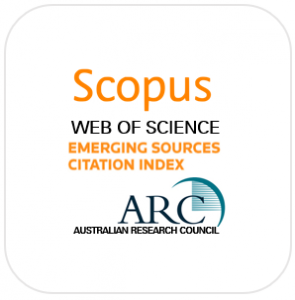ABSTRACT
The term “Pauk Phaw” has been the most common frame used by China’s state media to describe the friendship or solidarity between China and Myanmar. However, existing literature has not yet critically analysed this narrative in terms of its changing themes and relevant contents in different historical contexts. This article therefore presents a systematic analysis of China’s Pauk Phaw narrative since the 1950s. The article examines 701 entries of media reports containing the Pauk Phaw narrative that appeared in China’s state newspaper, the People’s Daily from 1956 to 2018. To locate the factors contributing to different themes and contents of China’s Pauk Phaw narrative, we apply the framework of state identities and interests proposed by Alexander Wendt in Social Theory of International Politics (1999) to our analysis. The article analyses the political life of the narrative in four periods: (1) from 1956 to early 1967; (2) from mid-1967 to 1976; (3) from 1977 to 1999; and (4) from 2000 to 2018. The results of our analysis demonstrate that the themes and contents of China’s Pauk Phaw narrative have been shaped by China’s conception of its state identities and interests in different historical contexts. As China interacts with other states in regional and international structures and as its domestic conditions change over time, it forms corresponding conceptions of its state identities and interests. These conceptions have also informed China’s approach to China-Myanmar relations and have thus shaped the contemporary themes and contents of the Pauk Phaw narrative. Therefore, the narrative has been an essential instrument for China in its strategies and practices to promote China-Myanmar amicability, especially in the changing contexts of China-ASEAN relations.
DOWNLOAD

